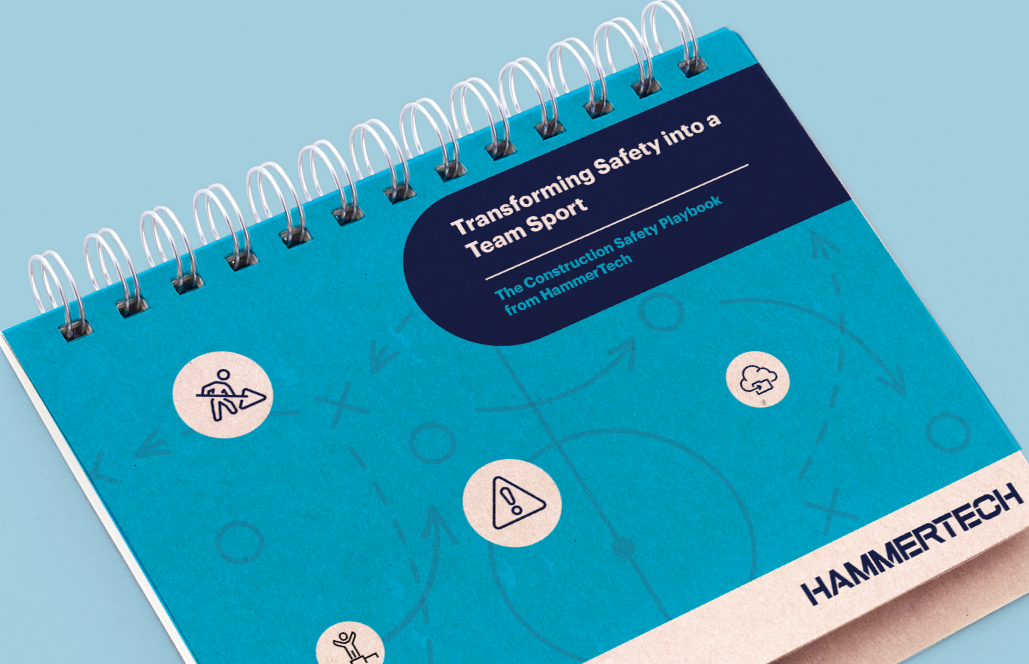Pre-Task Plan (PTP)
Improve safety and efficiency on your job sites with a Pre-Task Plan. Identify hazards, assign responsibilities, and prepare your team before work begins.
Why Use a Pre-Task Plan?

Prevent Accidents
Identify and address hazards before they cause injuries or delays.

Enhance Communication
Keep the crew aligned on safety expectations and responsibilities.
Boost Efficiency
Streamline work by planning and addressing risks ahead of time.
Watch: How to Complete a Pre-Task Plan (PTP) & Improve Jobsite Safety
In this video, you'll learn:
-
How a PTP connects to the JHA and ensures task-specific safety planning
-
Key details to include, from hazards and site conditions to work methods and mitigation strategies
-
Best practices for documenting changes, assigning responsibilities, and ensuring compliance
Download the free Pre-Task Plan template and improve jobsite safety today.
FAQs: Pre-Task Plan (PTP)
A Pre-Task Plan (PTP) is a document used to outline the work planned for the day, identify potential hazards, and detail steps to mitigate risks. It ensures everyone on the crew understands their roles and safety responsibilities before work begins.
A Pre-Task Plan (PTP) improves safety, reduces accidents, and enhances communication among team members. By proactively identifying hazards, it helps avoid costly delays and ensures compliance with safety standards.
A pre-task plan (PTP) typically includes:
-
Scope of Work: Description of the day’s tasks.
-
Identified Hazards: Potential risks associated with the tasks.
-
Control Measures: Steps to mitigate those risks.
-
Team Roles: Who is responsible for specific tasks and safety measures.
-
Emergency Plan: Actions to take in case of an incident.
A Pre-Task Plan (PTP) is usually created by the foreman, site supervisor, or safety manager. However, involving the entire crew in the process ensures better understanding and buy-in from everyone on-site.
Pre-Task Plans (PTPs) should be completed daily or pre-shift before work begins or whenever tasks, conditions, or personnel change. They are most effective when treated as a dynamic document updated as needed throughout the day.
While both focus on safety, a JHA is an analysis of specific tasks and hazards, often completed for recurring or high-risk activities. A PTP is a daily plan tailored to that day’s work, conditions, and crew.
For a deeper dive, check out our blog: Do You Need Both a Pre-Task Plan and a Job Hazard Analysis?
Get Essential Safety Templates for Your Job Site
Access expert-designed templates to improve safety and compliance processes, including our Pre-Task Plan form.

Level up your safety game
Additional Resources

The Power of Pre-Task Plans in Construction
6-Minute Read
The very modest investment in time it takes to create a Pre Task Plan is rewarded quickly and many times over in terms of reductions in ...
Get Expert Insights
The Construction Safety Playbook: Standardize Safety & Improve Accountability
25-Minute Read
Create a safer, more consistent jobsite with structured safety processes and clear accountability. This expert-backed playbook provides...
Get the playbook
Do You Need Both a Pre Task Plan and a Job Hazard Analysis?
3-Minute Read
Is a Pre Task Plan (PTP) necessary once the Job Hazards Analysis (JHA) is in place? Some construction site managers say that these docum...
Dive in